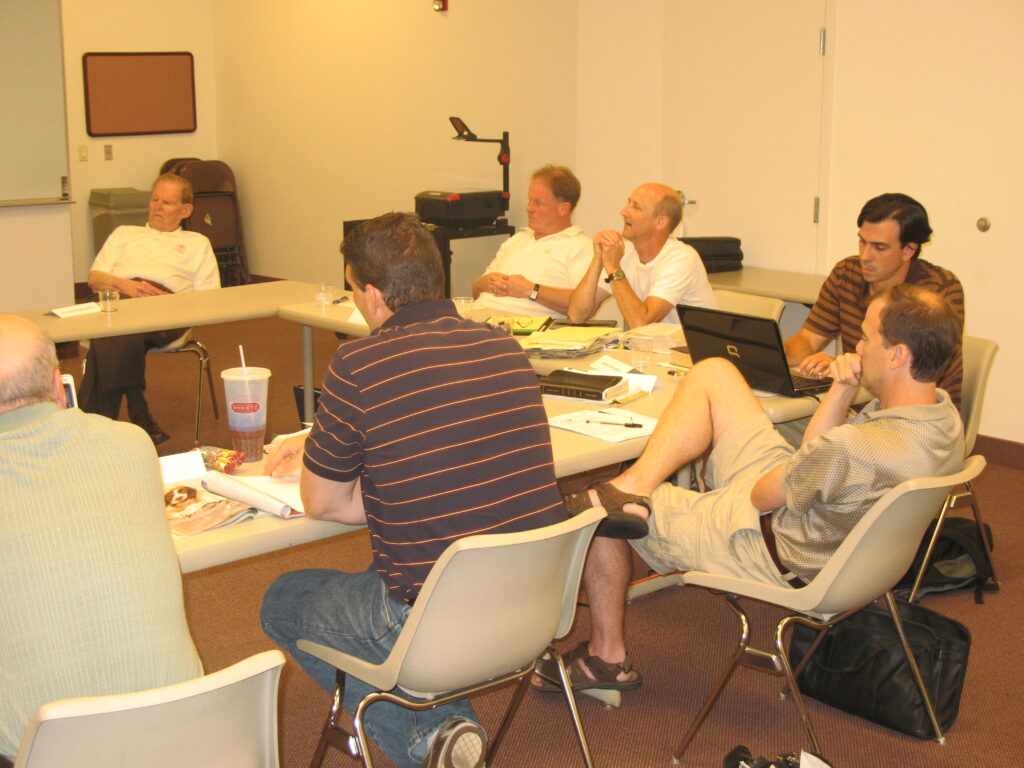Last week I had the privilege of teaching the Ph.D. course BIB909, Old Testament Hermeneutics and Theology, for LBC|Capital Seminary & Graduate School. One of the concepts we discussed during residency days in Greenbelt, MD was how meaning is made in a pericope.
It is not a familiar topic, especially when worded that way. It comes from the world of literary studies.
In my own practice I always discover how meaning is made in my selected preaching portion before attempting to discover what the meaning is. This allows me to allow the biblical author to show me what he means to say.
In many cases this means beginning with the passage’s structure. In a narrative, for instance, trace the storyline of the text (setting, rising action, climax, and conclusion). This is how theology is communicated. This is how meaning is made. This shows the interrelationship between the many ideas in a narrative. This helps you know what idea is prominent and which are subordinate.
In other cases, such as didactic texts, you are tracing the flow of thought or argument of a paragraph. This provides the logical relationship between sentences and paragraphs. This is how theology is communicated. This is how meaning is made. Again, this shows the interrelationship between the many ideas in the argument. This helps you know what idea is prominent and which are subordinate.
In both case above, you will have to investigate further. You will have to ask how various elements in your preaching portion mean something to your readers. Here’s an example from Matthew 10:1-15, my text for this coming Sunday, Lord willing.
In a text like this, Jesus’s instructions to the Twelve somehow instruct us in how to make disciples.
That’s it.
You’ll have to decide how much of the details transfer to our day, but as far as how meaning is made, you’ve got it. There’s authority, specific instructions on what to do, including how to handle rejection and what that means for those who do that.
It’s your turn. If you’re preaching Sunday and if you didn’t do this already, take a moment and analyze how meaning is made in your preaching portion. And may our Lord receive glory in the church and in Christ Jesus through your Spirit-guided efforts! (Ephesians 3:21)
Randal







